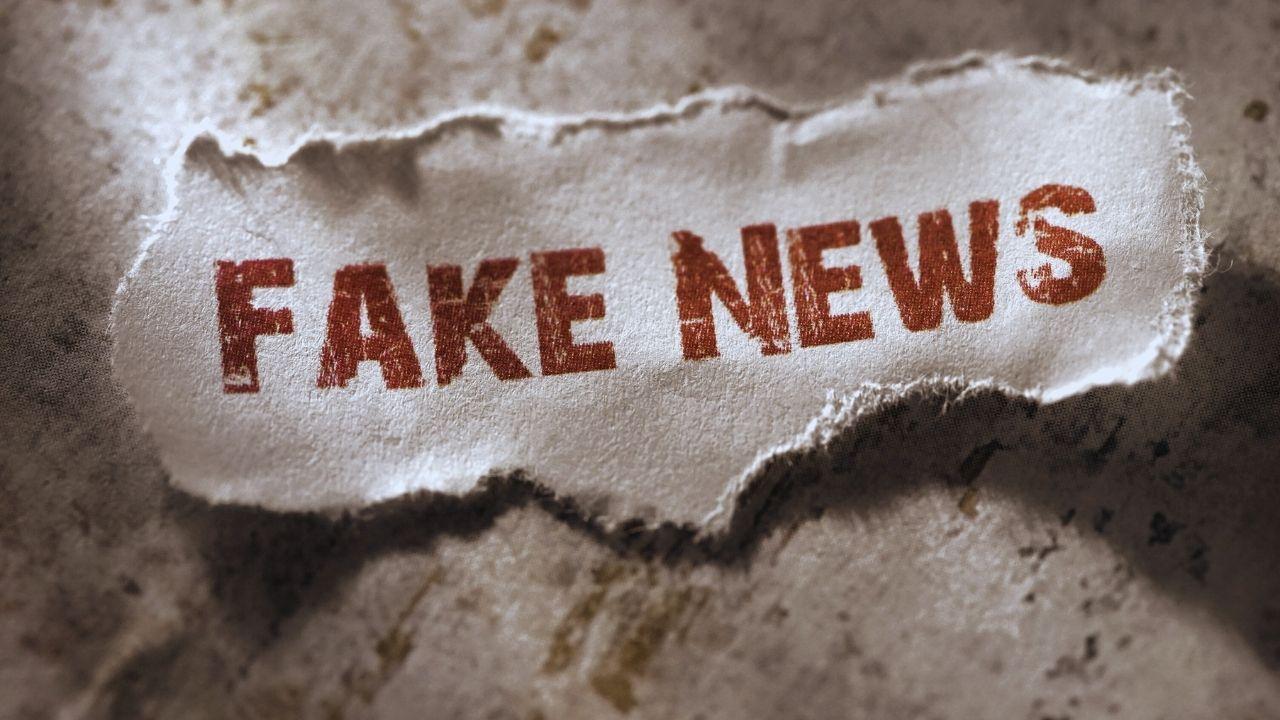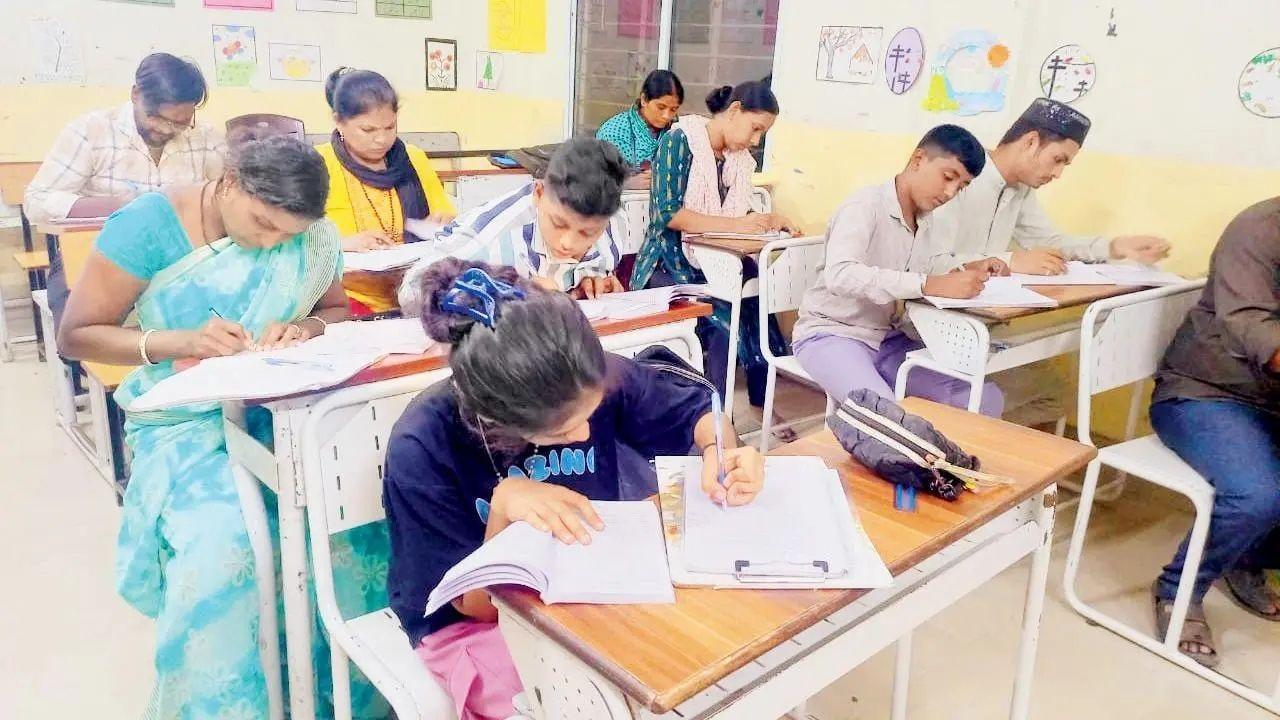
Join 10k+ people to get notified about new posts, news and tips.
Do not worry we don't spam!

Post by : Anis Farhan
In the last decade, the world has witnessed a staggering increase in the amount of information available online. Social media platforms, news apps, and instant messaging services have created an environment where news spreads faster than ever. Alongside this, misinformation, fake news, and manipulated media have grown in sophistication, presenting a challenge that is reshaping the way societies interact with information.
Digital literacy—the ability to find, evaluate, and create information online—is no longer an optional skill; it is a necessity. As the digital landscape evolves, individuals must navigate a complex ecosystem of trustworthy and deceptive content, learning to identify sources, verify facts, and critically evaluate what they encounter online.
Fake news is not a new phenomenon, but its reach has expanded exponentially through social media. Stories designed to mislead, provoke emotions, or influence political opinions have the potential to go viral within hours. Algorithms that prioritize engagement over accuracy often amplify sensationalist content, creating echo chambers where misinformation spreads unchecked.
In 2025, fake news has become more subtle. Misleading headlines, doctored images, and partially accurate information are often designed to look credible. Understanding context, cross-checking facts, and analyzing the intentions behind content are essential skills in discerning the truth.
If fake news posed challenges in text and image form, deep fakes represent a quantum leap in complexity. Deep fakes use artificial intelligence to manipulate audio, video, or images, creating content that appears authentic but is entirely fabricated. Political speeches, celebrity videos, and even educational materials can be manipulated with high accuracy, making it increasingly difficult for the average person to distinguish real from fake.
The technology behind deep fakes is advancing rapidly. AI models can now generate hyper-realistic human faces, voices, and even gestures. The implications are vast: misinformation can become visually persuasive, causing confusion and distrust among audiences who rely on traditional verification methods like visual inspection.
In 2025, digital literacy extends beyond the ability to use technology—it encompasses critical thinking, ethical understanding, and media evaluation. It requires recognizing biases, assessing source credibility, and questioning the veracity of every piece of information encountered online.
Without these skills, individuals are susceptible not only to false information but also to manipulation that can impact personal decisions, civic engagement, and social cohesion. From health misinformation to political propaganda, the stakes are high. Digital literacy is no longer just an academic concern; it is a foundational life skill.
Digital literacy in 2025 can be broken down into several essential components:
1. Critical Evaluation Skills
Evaluating sources and checking credibility are fundamental. This includes examining the author, verifying dates, cross-referencing with reliable outlets, and identifying potential biases. Critical evaluation ensures that individuals can separate factual content from misleading narratives.
2. Understanding Algorithms and Echo Chambers
Algorithms curate the information we see online, often reinforcing pre-existing beliefs. Digital literacy involves recognizing these patterns and actively seeking diverse viewpoints to avoid intellectual isolation.
3. Technical Awareness of AI Tools
With deep fakes and AI-generated content on the rise, knowing how these technologies work is crucial. Understanding the capabilities and limitations of AI tools allows users to better assess the authenticity of multimedia content.
4. Ethical and Civic Responsibility
Digital literacy is not just about protecting oneself; it also involves responsible content sharing. Recognizing the impact of spreading false or misleading information is a core part of ethical engagement in digital spaces.
Schools, universities, and online platforms have responded to the rising tide of misinformation by implementing comprehensive digital literacy programs. These programs focus on:
Media Literacy Education: Teaching students to evaluate media critically, differentiate between opinion and fact, and analyze the influence of media ownership and funding.
Hands-On AI Workshops: Introducing students to deep fake detection tools, understanding AI biases, and experimenting with content creation ethically.
Fact-Checking Exercises: Encouraging research skills by verifying news stories using reputable sources and learning to identify inconsistencies in content.
Simulation Games: Engaging learners through interactive scenarios that simulate misinformation campaigns, helping them recognize manipulation techniques in real time.
Such initiatives aim to create a generation of informed digital citizens capable of navigating the online world with discernment and confidence.
Ironically, the same technologies that create challenges, like AI-generated content, are also part of the solution. Advanced algorithms are being developed to detect deep fakes, flag suspicious content, and evaluate the credibility of news sources.
Social media platforms have introduced tools that allow users to verify claims, fact-check articles, and receive warnings about potential misinformation. However, technology alone cannot solve the problem. Human judgment, critical thinking, and responsible engagement remain essential.
1. Health Misinformation During Global Crises
During recent health crises, false information about treatments and preventive measures spread rapidly online. Communities with stronger digital literacy programs were better equipped to recognize misinformation, follow reliable guidance, and engage in informed discussions.
2. Political Campaign Manipulation
In several countries, deep fake videos were used to manipulate public perception ahead of elections. Citizens trained in digital literacy were more likely to question the authenticity of these videos, reducing the potential impact on voting behavior.
3. Educational Institutions Adopting AI Tools
Schools that integrated AI detection and verification training saw students develop advanced skills in critical thinking and ethical online behavior. These students were able to identify manipulated content and apply their knowledge in other areas of digital engagement.
While digital literacy programs are essential, individuals can take proactive steps to navigate the digital world effectively:
Verify Before Sharing: Always check the source and authenticity before forwarding content.
Diversify Information Sources: Avoid relying on a single news outlet or social platform for information.
Learn to Spot Manipulated Media: Be cautious of videos or images that seem too perfect or unusual.
Use Fact-Checking Tools: Utilize reputable online fact-checking services to confirm claims.
Educate Others: Share knowledge about misinformation and deep fakes within your social circle.
Despite progress, several challenges remain:
Speed of Misinformation: False content often spreads faster than verification methods can keep up.
Sophistication of Deep Fakes: As AI improves, detection becomes increasingly difficult.
Global Disparities: Digital literacy is uneven across countries and socioeconomic groups, creating vulnerability in some populations.
Over-Reliance on Technology: Dependence on automated detection tools may reduce critical thinking skills if used in isolation.
Addressing these challenges requires a combined effort from governments, educational institutions, technology companies, and individuals.
Looking ahead, digital literacy will continue to evolve in tandem with technological advancements. Education systems are likely to integrate AI literacy, ethical online behavior, and multimedia verification into core curricula. Communities may adopt localized programs to raise awareness and reduce susceptibility to misinformation.
For individuals, lifelong learning will be key. Digital literacy is not a static skill but a constantly evolving competency. Understanding algorithms, evaluating new media forms, and adapting to emerging technologies will remain essential in the years to come.
From fake news to deep fakes, the digital landscape of 2025 presents unprecedented challenges. Yet, these challenges also offer opportunities to develop critical thinking, ethical engagement, and technological understanding. Digital literacy is more than a skill—it is a survival tool in an increasingly complex information ecosystem.
By embracing education, personal responsibility, and ethical engagement, individuals can navigate misinformation confidently, contribute to informed communities, and ensure that technology serves as a bridge to knowledge rather than a conduit for deception.
This article is for informational purposes only. It does not endorse any specific technology, platform, or organization. Readers should apply critical judgment and consult qualified experts when evaluating digital content.










India Wins First Women’s World Cup 2025 Title
India lifts its maiden Women’s World Cup 2025 title! Harmanpreet Kaur’s team stuns South Africa in a

Manuel Frederick, 1972 Olympic Bronze Goalkeeper, Dies at 78
Manuel Frederick, a member of India’s 1972 Olympic bronze hockey team, has died in Bengaluru at 78 a

Muhammad Hamza Raja Wins IFBB Pro Card Puts Pakistan & UAE on Global Stage
Pakistani bodybuilder Muhammad Hamza Raja earns IFBB Pro Card in Czech Republic, showcasing Dubai’s

Shreyas Iyer’s Recovery Underway After Spleen Laceration in Sydney ODI
Shreyas Iyer is recovering after a spleen laceration sustained while taking a catch in the Sydney OD

Qatar Ready to Host FIFA U-17 World Cup 2025 in Aspire
Qatar confirms full readiness to host the FIFA U-17 World Cup 2025 from November 3–27, with world-cl

Wolvaardt’s 169 Sends South Africa Into Women’s World Cup Final
Laura Wolvaardt’s 169 powered South Africa to a 125-run semi-final win over England, booking a place